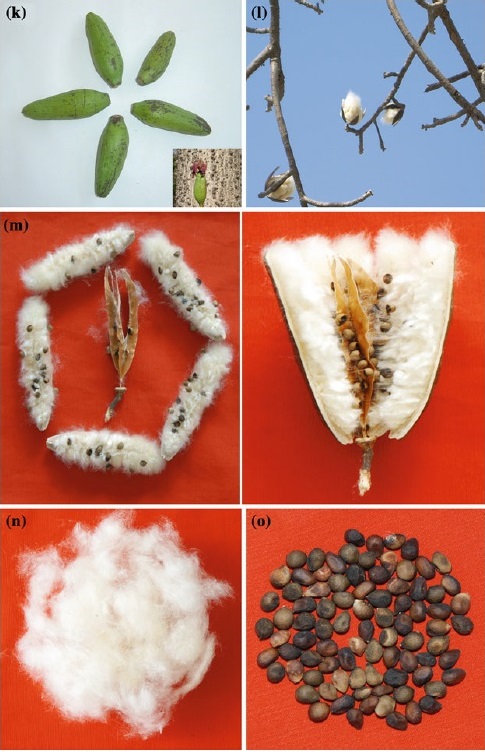
[Thread]
Question: “Many North Indians have the last name ‘Singh’. Why do they write and pronounce ‘Singh’ when the word is ‘simha’/सिंह? In Hindi they pronounce सिंघ but write सिंह. For example, Rajnath Singh is राजनाथ सिंह in Hindi. I am from South, I find it unusual.”
1/n
Question: “Many North Indians have the last name ‘Singh’. Why do they write and pronounce ‘Singh’ when the word is ‘simha’/सिंह? In Hindi they pronounce सिंघ but write सिंह. For example, Rajnath Singh is राजनाथ सिंह in Hindi. I am from South, I find it unusual.”
1/n
My answer
Yes, the original Sanskrit is ‘siṃha’ (सिंह), “a lion”. However, in Prakrit this becomes ‘sīha’, ‘siṃgha’, or ‘siṅgha’.
In the ancient Prakrit Grammar Prākṛta-prakāśa, by rule ईत्सिंहजिह्वयोश्च (1.17), Sanskrit ‘siṃha’ (सिंह) becomes Prakrit ‘sīha’ (सीह).
2/n
Yes, the original Sanskrit is ‘siṃha’ (सिंह), “a lion”. However, in Prakrit this becomes ‘sīha’, ‘siṃgha’, or ‘siṅgha’.
In the ancient Prakrit Grammar Prākṛta-prakāśa, by rule ईत्सिंहजिह्वयोश्च (1.17), Sanskrit ‘siṃha’ (सिंह) becomes Prakrit ‘sīha’ (सीह).
2/n
In later Prakrit, another form ‘siṃgha’ (सिंघ), which optionally becomes ‘siṅgha’ (सिङ्घ), is also attested. In his Prakrit grammar (eighth chapter of the Siddhahema-śabdānusāsana), Ācārya Hemacandra (12th century CE) has a rule मांसादेर्वा (1.29).
3/n
3/n
In his autocommentary on this rule, he says “sīho siṃgho” (“सीहो सिंघो”), giving two variant Prakrit forms of Sanskrit ‘siṃha’ (सिंह), viz. ‘sīha’ (सीह) and ‘siṃgha’ (सिंघ).
By his next rule वर्गेऽन्त्यो वा (1.30), ‘siṃgha’ (सिंघ) optionally becomes ‘siṅgha’ (सिङ्घ).
4/n
By his next rule वर्गेऽन्त्यो वा (1.30), ‘siṃgha’ (सिंघ) optionally becomes ‘siṅgha’ (सिङ्घ).
4/n
So, the pronunciation /sɪŋghᵊ/ by most North Indians and the English spelling ‘Singh’ reflects this Prakrit version ‘siṅgha’ (सिङ्घ), which is attested since at least the time of Ācārya Hemacandra.
Somehow, the Sanskrit spelling सिंह is used by most North Indians when ...
5/n
Somehow, the Sanskrit spelling सिंह is used by most North Indians when ...
5/n
... they spell their name in Devanagari, but the pronunciation is mostly the Prakrit version.
If you note carefully, in Punjab the middle/last name ‘Singh’ is spelt ਸਿੰਘ (सिंघ) with a ‘ṭippī’ in Gurmuki. This Gurmukhi spelling is closer to the actual pronunciation.
n/n
If you note carefully, in Punjab the middle/last name ‘Singh’ is spelt ਸਿੰਘ (सिंघ) with a ‘ṭippī’ in Gurmuki. This Gurmukhi spelling is closer to the actual pronunciation.
n/n
• • •
Missing some Tweet in this thread? You can try to
force a refresh









